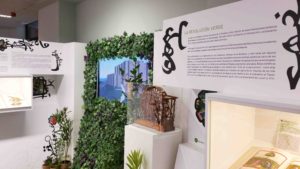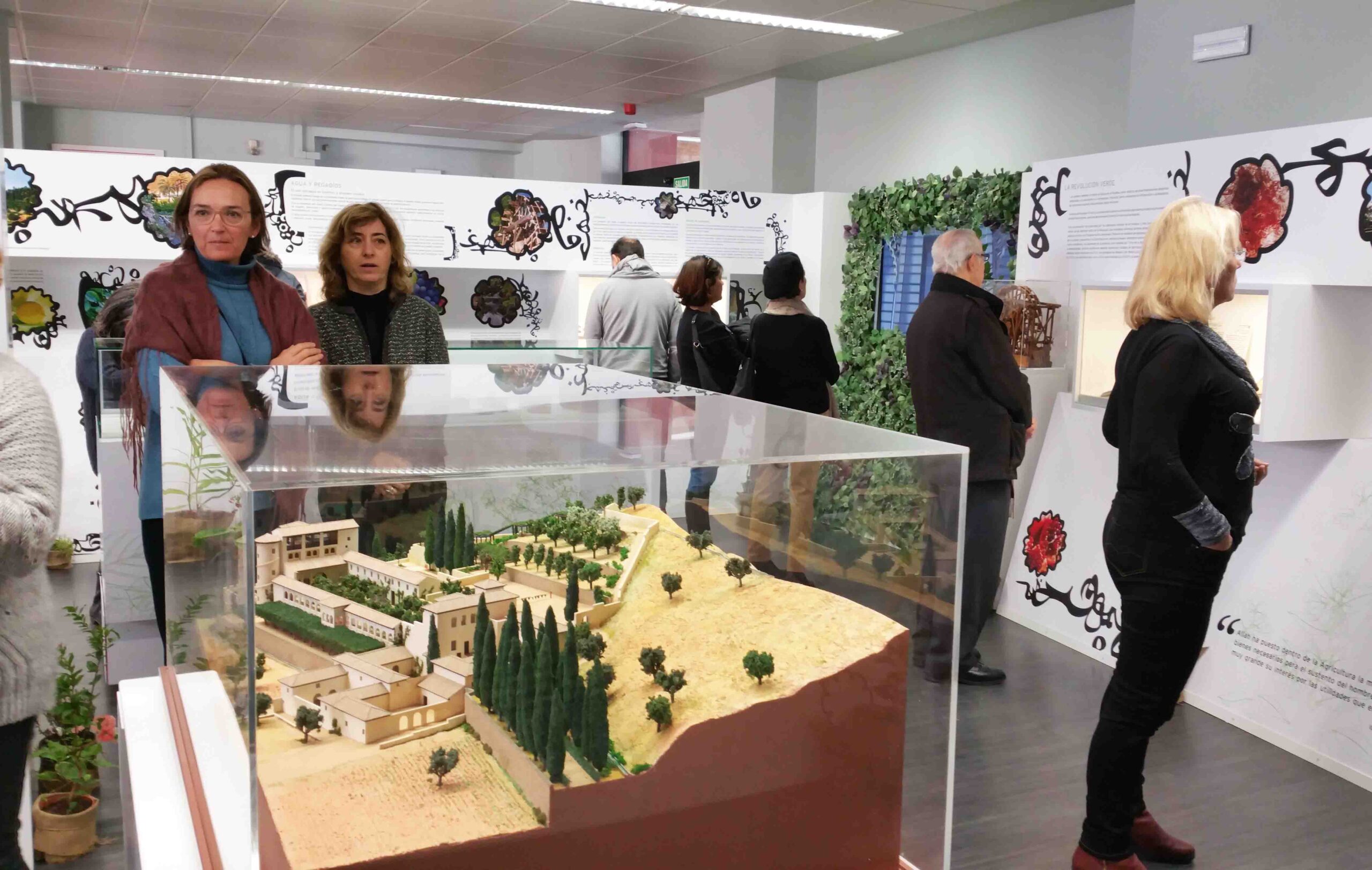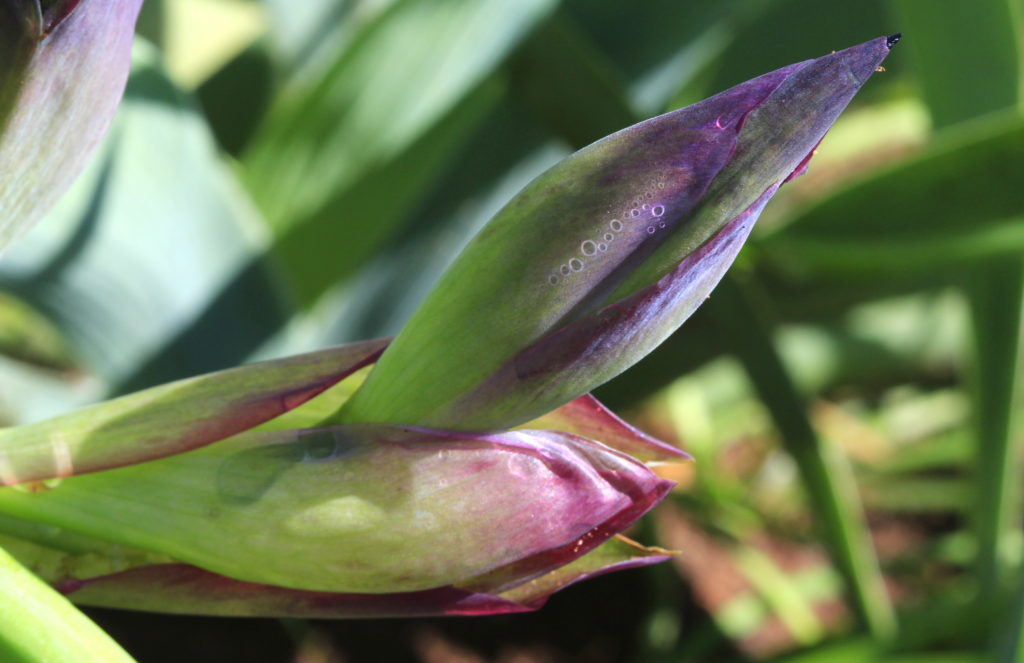Articles, Communications, Communications
“Gardens of Al-Andalus”, renovated
Article author: FUNCI
Date of publication of the article: 09/04/2018
Year of publication: 2018
Article theme: Al-Andalus, Al-Andalus, Exhibitions, Exhibitions, Garden, Garden, Landscape, Nature, Paisaje, Paisaje.
Our most symbolic exhibition “Gardens of Al-Andalus” refuses to disappear. With the passing of years and the many countries visited, “Gardens of Al-Andalus” has become a classic for FUNCI, as well as its most demanded exhibition.
 This time, and after visiting Madrid, Cordoba, Seville, Rabat, Marrakech, Aleppo, Doueir, Medina al-Munawarah and Kuwait, among others, it arrives to Doha, Qatar, with a new air. It is brought by Doha’s Qur’anic Botanic Garden, under the patronage of H.E. Sheikha Hind bint Hamad al Thani, Vice Chairperson and CEO of Qatar Foundation. The Qur’anic Botanic Garden belongs to the Qatar Foundation and is also a member of our cooperation for development program Med-O-Med’s network of botanical gardens.
This time, and after visiting Madrid, Cordoba, Seville, Rabat, Marrakech, Aleppo, Doueir, Medina al-Munawarah and Kuwait, among others, it arrives to Doha, Qatar, with a new air. It is brought by Doha’s Qur’anic Botanic Garden, under the patronage of H.E. Sheikha Hind bint Hamad al Thani, Vice Chairperson and CEO of Qatar Foundation. The Qur’anic Botanic Garden belongs to the Qatar Foundation and is also a member of our cooperation for development program Med-O-Med’s network of botanical gardens.
“Gardens of Al-Andalus” has been completely redesigned for Doha, adapting to the new exhibition techniques and materials, lighter and more environmentally sustainable. “The cardboard, fabric and the light stainless structures, as well as the digital and audiovisual materials, make the exhibition easier to assemble and adapt to every space, and especially more environmentally friendly”, explains Encarna Gutiérrez, FUNCI’s Secretary General.
“Gardens of Al-Andalus” has been completely redesigned for Doha, adapting to the new exhibition techniques and materials, lighter and more environmentally sustainable.
 From April 15th to May 31st, 2018, it will be exhibited in an equally memorable and breathtaking environment: the College of Islamic Sciences of Hamad bin Khalifa University, in Doha’s Education City. The building, made up of organic curved shapes and of a bright luminous white color, was conceived by our two collaborators and friends: the architects Ada Yvars and Ali Mangera, of studio MYAA.
From April 15th to May 31st, 2018, it will be exhibited in an equally memorable and breathtaking environment: the College of Islamic Sciences of Hamad bin Khalifa University, in Doha’s Education City. The building, made up of organic curved shapes and of a bright luminous white color, was conceived by our two collaborators and friends: the architects Ada Yvars and Ali Mangera, of studio MYAA.
Cardboard towers
The exhibition’s elements and graphics haven been design once again by Miguel Ripoll, who has produced big 3-meters-tall cardboards, rich in texts and pictures. Among them, it is possible to highlight the sheets of botanic species granted by the Botanical Garden of Cordoba, Miguel and Santiago Sobrino’s drawings, and the ancient botanical sheets that reference Al-Andalus’ gardens, orchards and land properties. The tower pay homage to the “wind towers” common in the traditional architecture of the Arabian Peninsula, which were used to naturally cool and ventilate the buildings. In addition, towers symbolize an element of power and uniqueness in most of the cultures.
The models represent the different types of Andalusi gardens, as well as water mills. For this exhibition, three new models have been added, one of them depicts the gardens of the Generalife, funded with the help of the Spanish Agency for International Cooperation and Development (AECID) and built by Carlos Naucler with the counselling of José Tito and Manuel Casares, from the University of Granada.

As it is usual, the exhibition brings many olfactory devices, that reproduce, through essential oils, the smell of some of the most representative products used in the Medieval period.
The models represent the different types of Andalusi gardens, as well as water mills. For this exhibition, three new models have been added, one of them depicts the gardens of the Generalife.
As Cherif Abderrahman Jah, President of FUNCI, explains, all of this will illustrate “the special relation Islam has with nature, as the forerunner of what we can call the “green civilization”. The garden and orchards show the principles of every culture, as a place of coexistence, sensory enjoyment, spiritual flourishing and scientific and economic development”.


